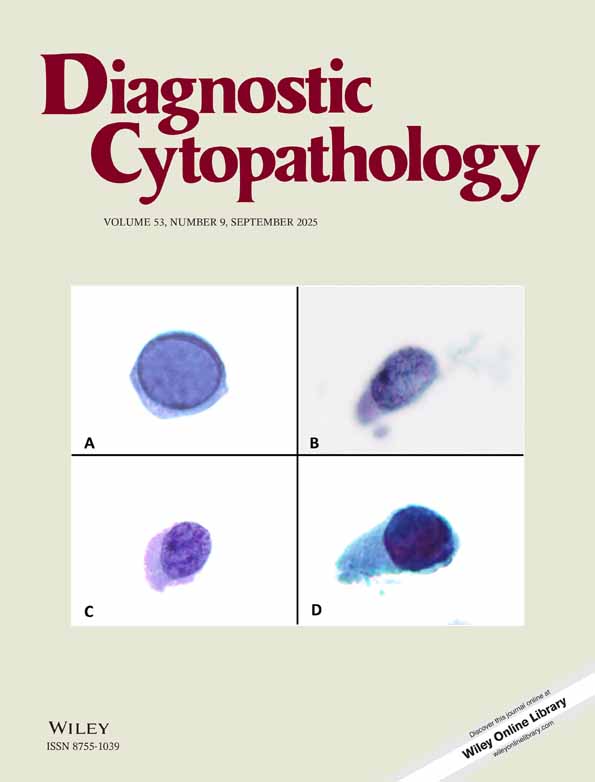AutoPap System Detection of Infections and Benign Cellular Changes: Results From Primary Screener Clinical Trials†
This paper was presented at the Annual Meeting of the American Society of Cytopathology, Nashville, TN (November 3–8, 1998).
Abstract
Primary screening devices for cervical cytology must show performance data for the detection of infectious organisms and benign cellular changes (BCC) for cytologists who routinely report these findings. The data on infection and BCC from the AutoPap primary screening clinical trials are presented herein. The presence of infectious organisms (candida, trichomonas, shift in bacterial flora, herpes, actinomyces) and BCC were noted in each of the clinical trial arms (current practice, CP; AutoPap-assisted practice, AP). For the purposes of these analyses, a report of infection or BCC from either arm was considered to be “truth.” In 25,124 slides analyzed, there were 2,925 cases of infection identified. Of these, CP identified 2,141, and AP identified 1,985. The overall detection results are statistically equivalent. Of 17 cases of actinomyces, CP detected 8, while AP detected 12. Of 1,282 cases of candida, CP detected 983, and AP detected 865. Of 1,375 cases of shift of bacterial flora, CP detected 897, and AP detected 869. Of 14 cases of herpes, CP detected 9, and AP detected 11. Of 343 cases of trichomonas, CP detected 293, and AP detected 275. There were 5,156 cases of BCC identified in the trial. CP detected 3,431, and AP detected 3,276. The detection rates for BCC are statistically equivalent. The results show that the AutoPap-assisted practice for the primary screening of conventional cervical cytology slides is equivalent to the current practice for the detection of cervical infections and benign cellular changes. Diagn. Cytopathol. 1999; 21:355–358. © 1999 Wiley-Liss, Inc.




